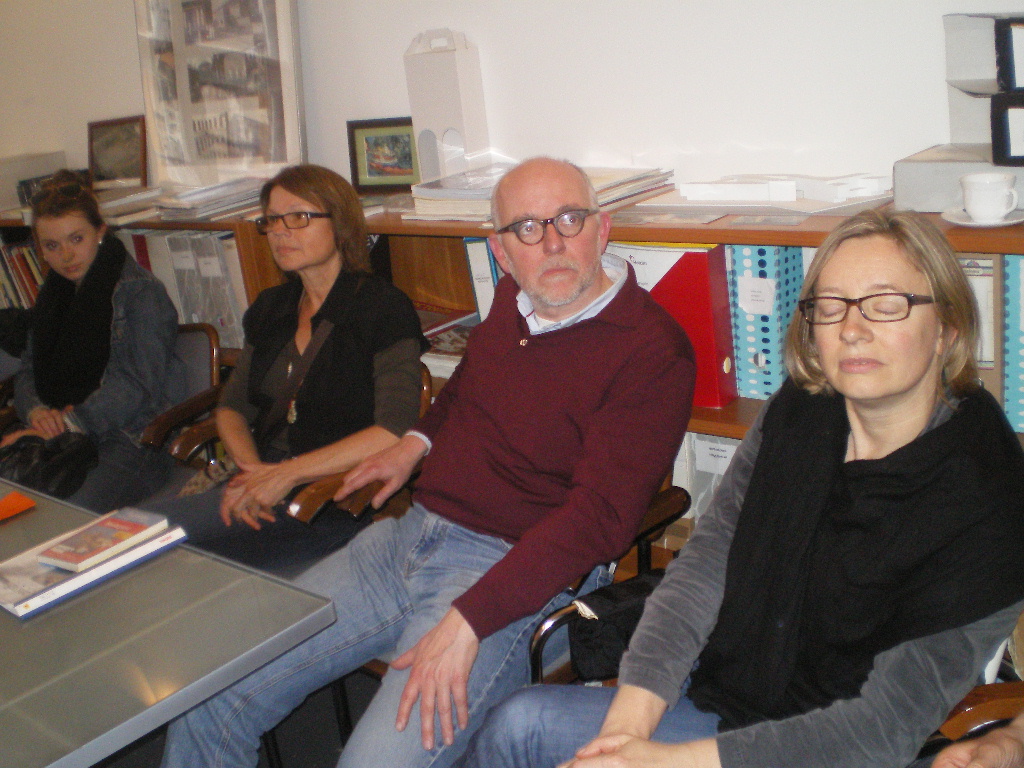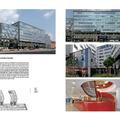
My memory of „my“ Budapest in 1974 and in the early 90 `s is a good memory. I never had the feeling of being in a socialistic country.
I can recall friendly and warm hearted Hungarians always smoking, welcoming us, offering always food and wine in dark apartments accessed by „Laubengang“ balcony around inner courtyards!
Other apartments with high ceiling bourgeoise interieur always smoking people. (still they do smoke everywhere regardless of the no smoking signs prohibited)
I do remember a noisy european city with elegant boulevards and art nouveau buildings. But when you leave the street and go inside a courtyard it becomes almost rural.
Even I remember the walk to the thermal bath Gellert, also remember a socialistic basement in poor condition with beige doors, smelling soap and humidity, voices and strange noise behind the doors, it was dark, I did not know what to expect.
I remember Hungarian words and gestures, I should lay down on something to receive a kind of massage of a socialistic strong female with "Kittelschürze" and naked legs. I can`t remember if I really enjoyed it.
In front of the Gellert I met the actor Klaus Maria Brandauer, I had been quite impressed, he was such a small guy!
Actual impression of B.
After being involved for a long time on a professional level in urban planning, my approach to cities is very structural and first of all analytical!
Prof. Humpert had been a good teacher at the University of Stuttgart. Unfortunately he could not come this time, so I miss his unconventional questions.
At this point I like to mention that he started the bike excursions, 20 years ago, then it was very unusual to bike with a large group through a big city.
You see so much and gain in a short time an overall view which was very helpful in Budapest!!!
Budapest is one of the grande dames of a european city!
What I wasn`t aware of is that Budapest had been very often occupied by others, Turks, Austrians, communist. And how these different cultural influences shaped the city and its people.
Also I was not aware that the turks built the bathhouses, before them the Romans started with this tradition and introduced it to the Hungarian way of
life. And now it is major part of life in Budapest. The „national soul“ of Hungary is influenced by a variety of cultural diversities. This makes it so interesting.
Also interesting is that most of the bathhouses are located along a geological formation. So bathhouses are not on a dominant location or special part of the city, it is not a concept in cityplanning, they were located where the water comes out of the ground.
It is a city full of energy, but on the other hand a city which had a hard time to keep up the former prosperity and heritage!
Due to the economic situation the nation cannot afford a renovation programme supported by the state.
People are poor. When you go to the fleamarket on Saturday you will notice how poor parts of the population are.
We have been told that one of the major problems is that many apartment buildingshave been converted to condos. After the wall came down the city sold the apartments to the residents, thus a house has many owners and a solid plan for restoration and keeping up with the technical and sustainable standards are not possible because of the lack of money, structures and strategies.
The results you can see:
Many streets have wooden scaffolding to protect pedestrians from falling bits and pieces of facade details.
But on the long run they will have major problems, abandoned houses, quarters deteriorating, social problems, etc.-….
In a Museum with a breathtaking courtyard with glassroof (a famous art deco building) allover there were pots on the floor, first we thought it is an art installation till we found out that the pots are there to catch the intruding rain from the glassroof.
The city has 23 „bezirke“ cityquarters with strong and influential government and a „bezirksarchitect“.
So every „Bezirk“ is doing its own urban planning, with no overall concept.
It is like in the USA, when you travel from one block to the next and within one corner the area or the social mixture is totally different.
The same in Budapest.
We saw a few urban projects. A park south of Buda on a kind of a peninsula, (across the Olympic-project) good design with lots of nautical buildings, empty, we had no idea what they are intending do with these houses, I will ask the city planer.
The function of those houses did not really make sense! Who will live in these houses or what firm will rent a house in a park far away from public transport?
The Corvin-Szigony-project (Joszefvaros),
Or "Hausmann" in Budapest.
We missed also the overall concept. Those kinds of changes only function when they are part of a overall planning concept of the city.
The city planner we talked to, who seemed to present the official side and who is involved in a lot of public projects, appearing not to have a vision or overall concept may be due to the 23 "bezirke" – structure is prohibiting a vision.
They do not have a housing programme. Housing projects are far away from european standard (that we are used to). They do not rebuild like we do in the former East Germany rebuilding the „platte“ (prefab housing) to have smaller units, and more comfortable, better functioning public spaces.
What we saw of new buildings, the opera, convention house, hotels, business buildings etc. is international architecture. We did not see enough to identify the Hungarion local architects who of course exist.
We hope the new government will change this situation, making efforts to have more of a continuous development and bring the 23 "bezirke" togehter!!
Every city needs a vision beyond Olympic games. And many of modern cities are facing big changes, demographic, economic, sustainable etc.
They still work on the change from socialistic to global democratic society. This takes a while.
After all, they have all these enormous Art Deco buildings to restore...It will be a wonderful and challenging work… We wish you luck and good concepts!
Sibylle Becker-Kilian, Architektin, Dresden 05/2010







